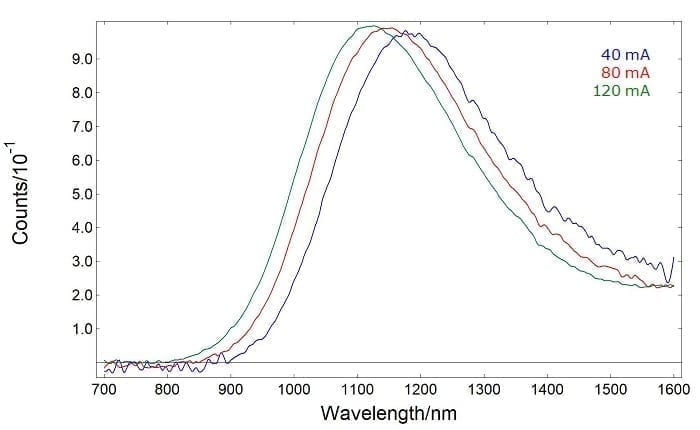Photoluminescence and Electroluminescence of Organic Solar Cells
Organic solar cells are promising candidates for utilising solar energy due to their adjustable chemical structure and ease of processing for large area photovoltaic panels. Based on organic semiconductors commonly in organic/polymer blends with band-gap from 1.4 eV to 3 eV,these materials absorb a small fraction of the solar spectrum. One approach to overcome this limitation is by stacking cells of different band-gaps in tandem. However, new materials and devices with a narrower band-gap require careful design, and understanding the diffusion dynamics is required to enhance the efficiency of the solar cells. Development of new and efficient organic devices has also been limited due to poor stability even after the encapsulation to protect from oxidation. In this application note, the extensively studied blend Poly(3-hexyl)thiophene-2,5-diyl: [6,6]-phenyl C61 butyric acid methyl ester (P3HT: PCBM) is characterised via steady-state and time-resolved photoluminescence and electroluminescence spectroscopy .
Figure 1: Electroluminescence spectra of encapsulated P3HT: PCBM organic solar cell.
Download the Full Organic Solar Cells Application Note
Photoluminescence and Electroluminescence of Organic Solar Cells
Sign-Up for our Application and Technical Notes
If you have enjoyed reading our Application Note, why note sign-up to our infrequent newsletter via our red Sign-up button below.









